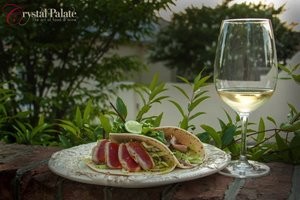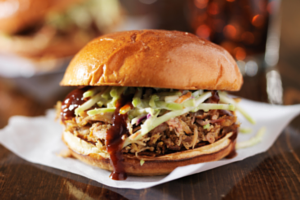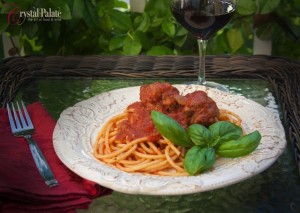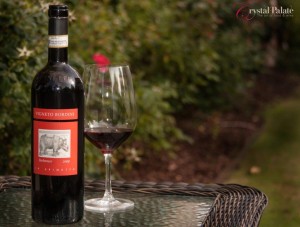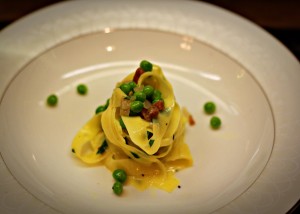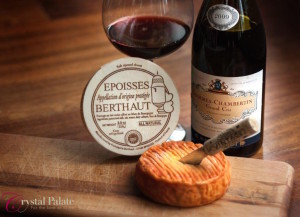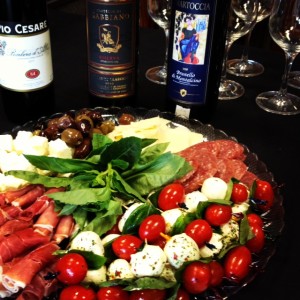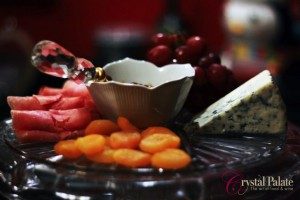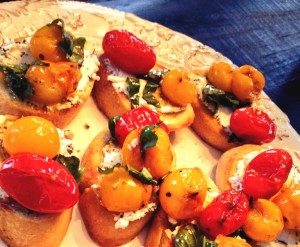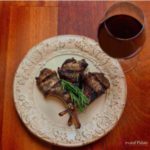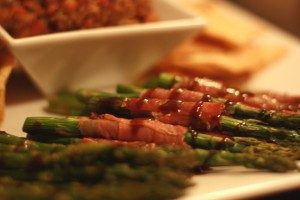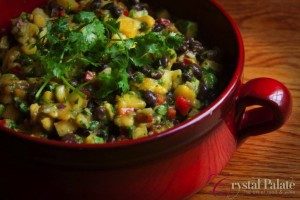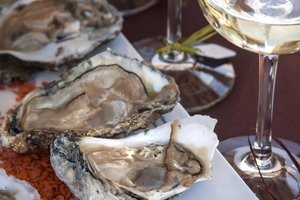 Mineral-driven, salty, sweet and succulent fresh oysters can be challenging to pair with wine, but there are a few selections that can take this simple snack to a new stratosphere.
Mineral-driven, salty, sweet and succulent fresh oysters can be challenging to pair with wine, but there are a few selections that can take this simple snack to a new stratosphere.
Many wines will overpower the delicate nature of raw oysters, but a great mineral-driven, crisp and steely white proves to be a worthy suitor for this precious gift from the sea.
In fact, the great author Ernest Hemingway had quite an affinity for these briny beauties and eloquently described the perfect oyster and wine pairing in his book Moveable Feast, “As I ate the oysters with their strong taste of the sea and their faint metallic taste that the cold white wine washed away, leaving only the sea taste and the succulent texture, and as I drank their cold liquid from each shell and washed it down with the crisp taste of the wine, I lost the empty feeling and began to be happy and to make plans.”
The French wines, Muscadet and Chablis (Chardonnay), both known for their wet rock and intense minerality, have long been a favorite pick to pair with oysters. However, there is something to be said for a vibrant Sauvignon Blanc, a great sparkling wine and an unaoked Chardonnay from other parts of the world.
In fact, the Eastern Shore of Virginia does this pairing exceptionally well. Chatham Vineyards, a small family vineyard surrounded by the Chesapeake Bay and the Atlantic Ocean has been hosting an annual event, Merroir & Terroir, every November that highlights the best this region has to offer; bountiful fresh oysters and their fantastic “steel” Chardonnay. One sip of this wine, and you will immediately taste the minerality and bright citrus notes that work in perfect harmony with oysters on the half shell. This event coincides with Virginia’s Wine and Brine celebration. As the saying goes, if it grows together, it goes together.
Pairing Note: Be careful when using cocktail sauce, this will alter the pairing. Oysters are best in their natural state or served with a side of vinegar-based mignonette sauce.

